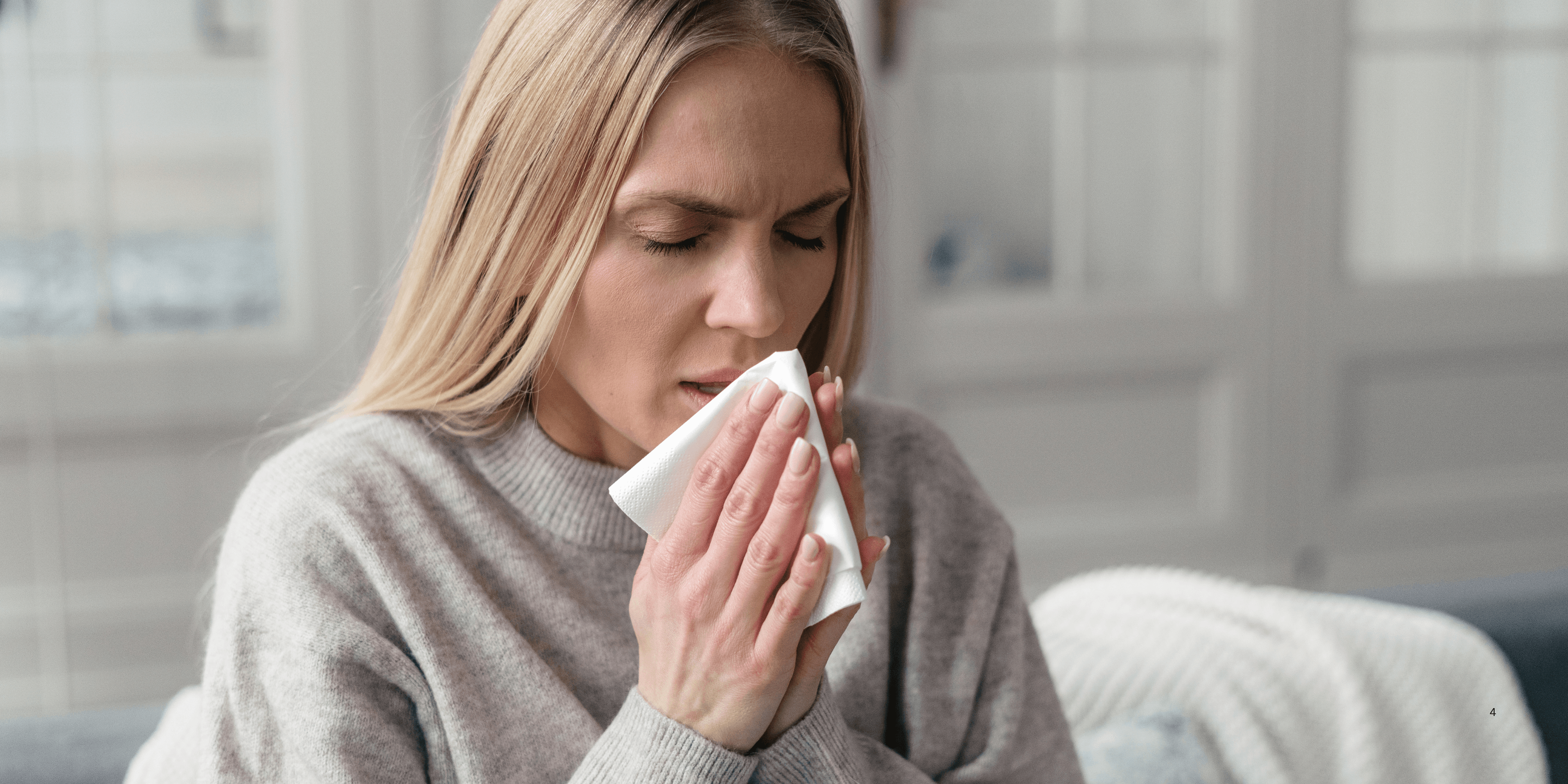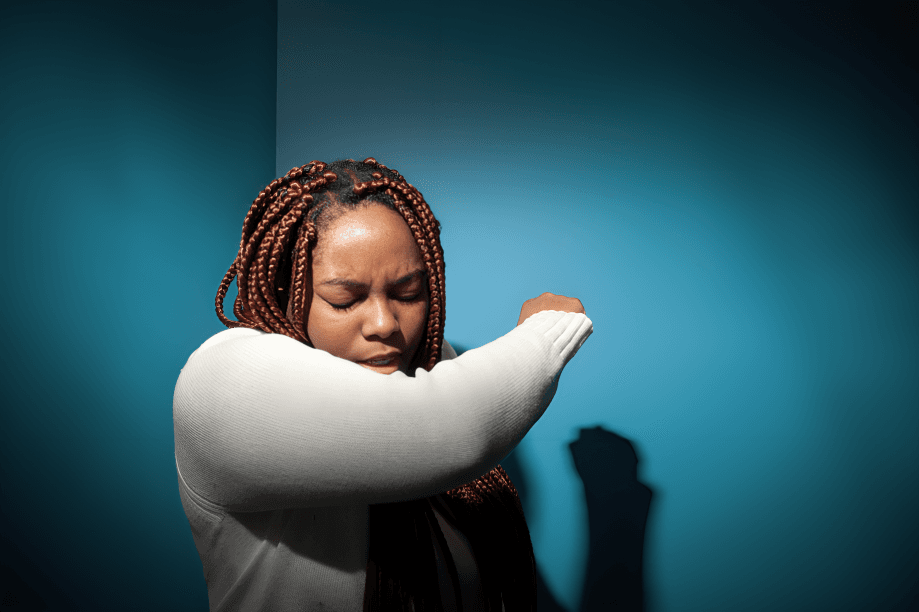
“
Understanding RSV and other respiratory illnesses is essential in today’s world, where viruses often spread quickly, especially among vulnerable populations. Respiratory Syncytial Virus (RSV) is a major cause of lung and breathing infections, particularly in infants and the elderly. 1
1
”
A respected pediatrician once described RSV as “a silent seasonal storm,” due to its rapid spread in winter months, primarily impacting infants and older adults with weakened immune systems. 1
RSV, or Respiratory Syncytial Virus, causes mild cold-like symptoms in adults but may lead to bronchiolitis or pneumonia in babies, especially those under 12 months old. 2

The virus spreads through droplets when someone coughs or sneezes, and it can survive for hours on hard surfaces, making handwashing essential in preventing RSV transmission.
While RSV and the flu both affect the respiratory system, RSV often causes wheezing and fast breathing in infants, while flu symptoms include fever, chills, and muscle pain. 3
In serious cases, RSV can cause hospitalization for infants struggling to breathe, particularly premature babies or those with heart and lung conditions, requiring oxygen or supportive treatment. 4
Older adults with chronic health conditions, such as asthma, COPD, or heart disease, may also develop severe complications when infected with RSV or other viral respiratory illnesses. 5
RSV typically follows a seasonal pattern, peaking between late fall and early spring in most countries, and its timing can overlap with flu and other respiratory outbreaks. 6
Unlike the flu or COVID-19, RSV currently has no approved vaccine for all age groups, although certain high-risk infants may receive preventive antibody treatments like nirsevimab. 7
Daycare settings and crowded environments contribute to the quick spread of RSV among young children, making it vital to clean toys, surfaces, and hands regularly. 8
In adults, RSV may be mistaken for a common cold, but when combined with other chronic illnesses, it can worsen pre-existing breathing issues and delay recovery. 9

Some respiratory illnesses like COVID-19 share overlapping symptoms with RSV—cough, fever, and shortness of breath—so diagnostic testing is needed to confirm the exact illness.
Babies under six months are more vulnerable to severe RSV infections due to smaller airways and undeveloped immune responses, often needing extra care or hospitalization. 10
People with weakened immune systems, such as those undergoing chemotherapy or transplant recipients, face higher risks from RSV and require careful monitoring during respiratory seasons. 11
Secondary infections like ear infections or bacterial pneumonia may develop after an initial RSV infection, especially in younger children or those with compromised health. 12
Non-RSV respiratory illnesses like influenza and adenovirus may cause higher fevers and sore throats, but RSV more often leads to breathing difficulties and mucous-filled lungs in infants. 13

Good indoor air quality, including using air purifiers and avoiding smoke exposure, can reduce the risk and severity of respiratory illnesses, especially in small children and elderly adults.
Immunocompromised individuals are advised to avoid large gatherings during peak respiratory illness seasons and to use masks to reduce the risk of exposure to RSV and other viruses. 14
Researchers are currently testing RSV vaccines for broader use in infants and older adults, with some already showing promise in reducing hospitalization rates and severity of infection. 15
Understanding the difference between RSV, flu, and COVID-19 is important, as treatments and quarantine measures vary greatly and early detection improves health outcomes. 16
A noted epidemiologist once explained that “public awareness, early diagnosis, and vaccination research” are the keys to managing RSV and preventing future respiratory illness outbreaks worldwide. 17


